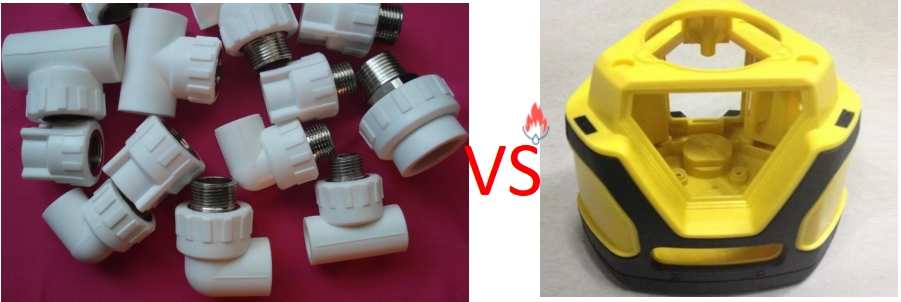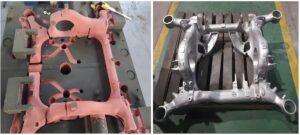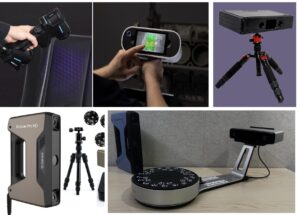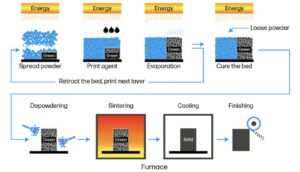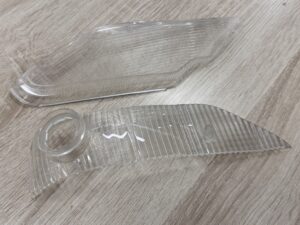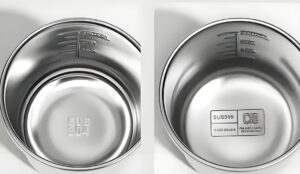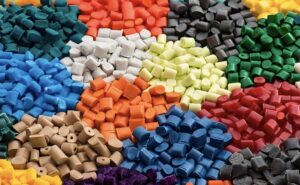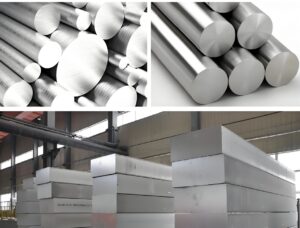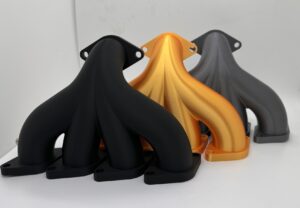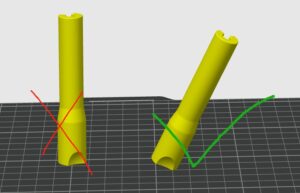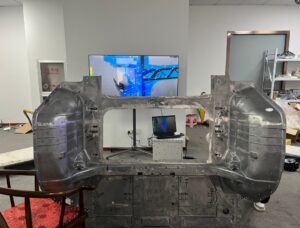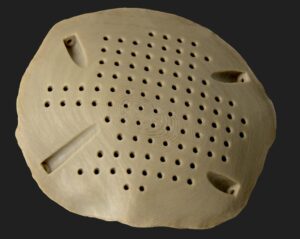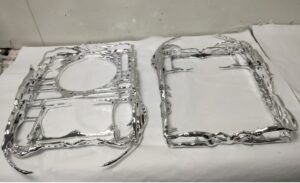Understanding the Difference Between Insert Molding and Overmolding
Introduction:
In the world of manufacturing, injection molding has become a widely adopted process for producing high-quality plastic components. Two techniques commonly employed in injection molding are insert molding and overmolding. While these terms are often used interchangeably, there are distinct differences between them. This article aims to shed light on the dissimilarities and highlight the unique advantages each method offers.
What is Insert Molding?
Insert molding involves the injection of molten material around a pre-placed insert, typically made of metal or another plastic component. The insert is strategically positioned within the mold cavity, and the molten material envelops it, creating a strong bond between the insert and the surrounding plastic.
Advantages of Insert Molding:
Insert molding offers several advantages that make it a preferred choice in various industries:
- Enhanced Component Strength: By combining different materials, insert molding can create parts with improved structural integrity and mechanical strength. The insert provides reinforcement, making the final product more robust.
- Design Flexibility: Insert molding enables the integration of metal contacts, threaded inserts, or other functional components directly into the plastic part during the molding process. This eliminates the need for secondary assembly operations, resulting in cost and time savings.
- Increased Design Complexity: The ability to incorporate intricate features, such as undercuts or complex geometries, makes insert molding suitable for producing complex parts that would otherwise be challenging to manufacture.
Applications of Insert Molding:
Insert molding finds applications in various industries where the combination of different materials or the integration of functional components is required. Some common industries and applications where insert molding is commonly used include:
- Automotive Industry: Insert molding is widely employed in the automotive sector for producing components such as connectors, electrical contacts, sensors, and interior parts.
- Electronics and Electrical Industry: Many electronic devices and electrical components benefit from insert molding. Examples include connectors, switches, relays, and housings for consumer electronics, as well as complex circuit boards.
- Medical and Healthcare Devices: Insert molding plays a crucial role in the production of medical devices. It allows for the integration of components like surgical instruments, catheters, connectors, and drug delivery systems.
- Aerospace and Defense: The aerospace and defense industries utilize insert molding for various applications, including connectors, switches, avionics components, and interior fixtures.
- Industrial Equipment and Machinery: Insert molding is commonly used in industrial equipment and machinery manufacturing. It enables the integration of metal parts, such as threaded inserts, bushings, or gears, into plastic components.
- Consumer Products: Many consumer products benefit from insert molding, including household appliances, personal care items, and tools. This technique allows for the integration of functional elements, ergonomic grips, and aesthetic enhancements.
- Telecommunications: In the telecommunications industry, insert molding is used for manufacturing connectors, cable assemblies, and handheld devices.
What is Overmolding?
Overmolding, on the other hand, involves the application of a second material (usually a softer or different-colored plastic) over an existing substrate, typically made of a rigid plastic. This process creates a strong bond between the two materials, resulting in a single, integrated component.
Advantages of Overmolding:
Overmolding offers several advantages that make it a popular choice in various industries:
- Enhanced Grip and Ergonomics: Overmolding allows manufacturers to add a soft-touch or rubberized grip to a product, improving user comfort and reducing slippage. This is particularly useful for consumer products, medical devices, and tools.
- Aesthetic Appeal: Overmolding enables the creation of visually appealing products by incorporating different colors, textures, or branding elements. This can enhance brand recognition and overall product appeal in the market.
- Vibration Dampening and Noise Reduction: The combination of different materials in overmolding can help reduce vibration and noise in applications where damping is critical, such as automotive components or handheld devices.
Applications of Overmolding:
Overmolding finds applications in various industries where improved grip, aesthetics, and vibration dampening are desired. Some common applications include:
- Consumer Products: Overmolding is widely used in consumer product manufacturing for applications such as tool handles, grips, and electronic device housings.
- Medical Devices: Overmolding is utilized in medical device manufacturing to create products with soft-touch grips, ergonomic handles, and comfortable contact points.
- Automotive Industry: Overmolding is applied in the automotive sector for various components, including steering wheels, gearshift knobs, and interior trim parts.
- Industrial Equipment and Tools: Overmolding is commonly used in the manufacturing of industrial equipment and tools, offering benefits such as enhanced grip, reduced vibration, and increased durability.
- Electronics and Appliances: Overmolding is employed in the production of electronic devices and appliances to create protective covers, shock-absorbing bumpers, and user-friendly interfaces.
Conclusion:
You should now understand the difference between insert molding and overmolding.In short. Insert molding offers improved strength, design flexibility, and the ability toincorporate complex features. On the other hand, overmolding provides enhanced grip, aesthetic appeal, and vibration dampening. Understanding the difference allows users to select the most appropriate technique for their specific product requirements, ultimately leading to better-quality and more cost-effective components. As technology continues to evolve, it is essential for users to stay updated with the latest advancements in injection molding techniques, sign up our newsletter to get latest news & design tips, enabling you to meet the ever-changing demands of the market and deliver products that excel in both functionality and aesthetics.
Related Articles:
Benifits of 3D Printed Injection Molds

